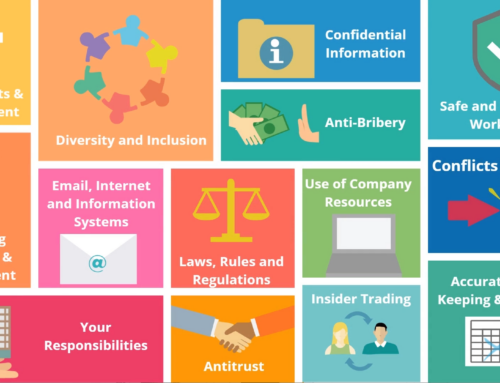 Just how influential is video in a training course?
Just how influential is video in a training course?
Let’s take a history test:
Think about everything you know about the Apollo 13 space mission.
OK, now where did you go in your memory to recall the Apollo 13 space mission?
- Classroom Textbook?
- Newspaper Article?
- Walter Cronkite on the CBS Evening News?
Or was it the Tom Hanks Apollo 13 movie?
I often use this example when I present at conferences about the power of using video in training. 99% of the time the answer is the Apollo 13 movie with Tom Hanks. Why? Because video is a powerful tool that helps your memory to recall images, drama, and story. Video can also provide personality to your training projects.
Marketers have always know the power of using video to change behavior. Trainers seem to be hesitant to use video for training do to perceived higher costs of developing video. Most of the time as learners we end up viewing a PowerPoint production with audio because it is easier to develop for an instructional designer.
What training developers need to know is their Audience is Changing!
Training now must be visually compelling to connect with people who have been conditioned by media such as movies, television, video games, music and online videos.
One powerful example on how video can change behavior in training.
 My company, Xcelus, developed a 2 day ILT training course to change the behavior of health insurance benefits account managers. The training started with an 8 minute reenactment video showing the typical account visit – an account manager and a client’s benefit manager. The training video demonstrated the client frustration because of the lack of initiative of the account manager to see that the current benefits reporting was not sufficient for the benefit manager to make good business decisions.
My company, Xcelus, developed a 2 day ILT training course to change the behavior of health insurance benefits account managers. The training started with an 8 minute reenactment video showing the typical account visit – an account manager and a client’s benefit manager. The training video demonstrated the client frustration because of the lack of initiative of the account manager to see that the current benefits reporting was not sufficient for the benefit manager to make good business decisions.
After the video was finished playing, the training audience was stunned that it captured their current situation when visiting clients. They were ready for the training and were prepared to make the behavioral changes to improve their relationship with clients. There were more videos through out the training course that also had the same effect.
During the evening dinner, I was listening to the account managers discussing the training that day. The interesting point was they all were referencing the videos they saw that day. Conversations started with “Remember in the first video…” or “Just like the video where the account manager…” Not one conversation referred to how cool the PowerPoint transitions were. The account managers were ready to implement new behaviors that they saw in the training videos.
Videos are very influential to changing behavior. On your next training project, see how you can implement video into your course.




